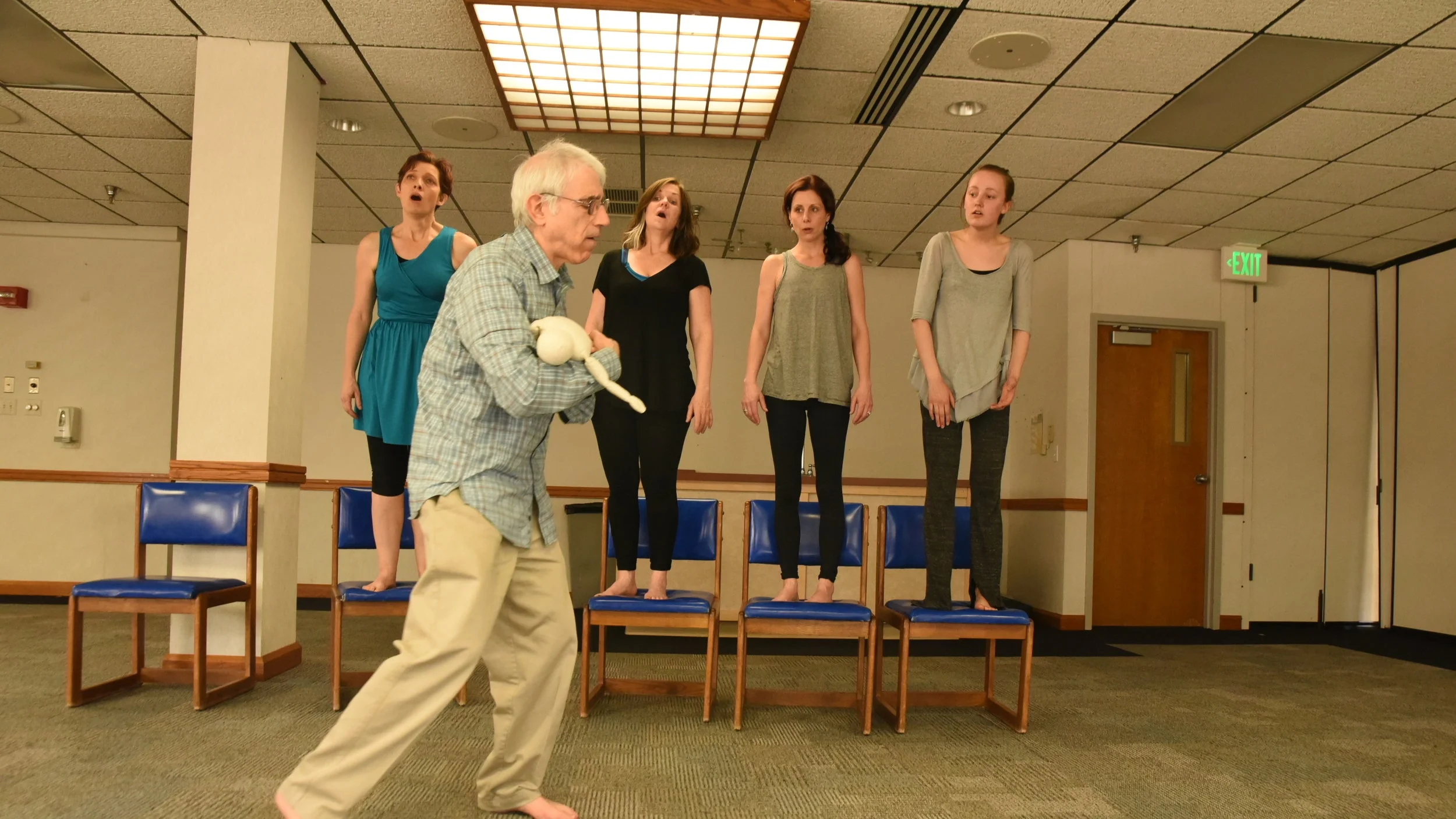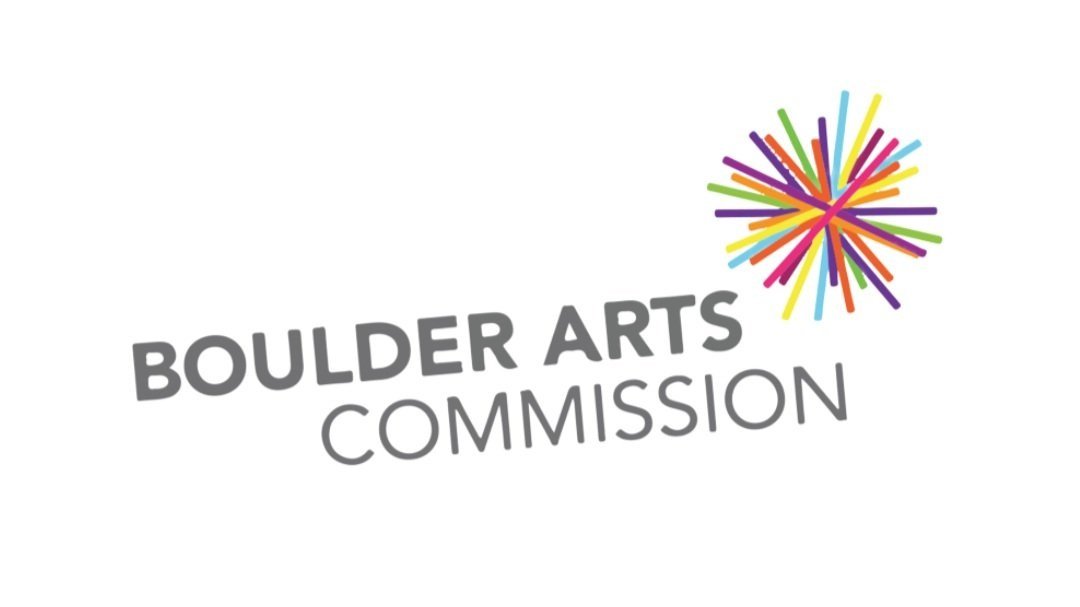This is Eavesdrop, a series of conversations between artists, playwrights and audience members. Today we listen in on a chat between Associate Artistic Director Mare Trevathan, who lead the creation of this Sunday’s immersive theater event, “Pain Management,” and Emily Lawrence, one of the performers in the presentation. "Pain Management" will be presented this Sunday, May 21 at 12noon and 1pm at the old hospital on Mapleton Avenue. The 12noon show is sold out, and limited seats remain for the 1pm show. Get one here
The performance was initially intended to be presented during Local Lab 2017, but the fires in Boulder this spring prevented the performance from occurring. We’re excited to bring it back for this special day of performances.
Mare Trevathan: We called this devised piece of theater “Pain Management,” and I don't know what it is about the verb "manage," but it actually makes me bristle—I suppose it sounds like a dampener. I'm excited about arts that incite change and think this piece we have put together with a company of actors and artists and patrons is a wonderful example of that. That said, I am a huge fan of escapism and when I can lose myself in a world sprung from someone else's imagination, I can ride the emotion generated by that experience for a good long while.
Emily Lawrence: I totally agree that the word “manage” threw me for a loop as we began to create this piece. I don't want to be managed, which sounds so very neat and tidy, but immersed, challenged and transformed. Make me feel!
The Viewpoints work you and your co-facilitators brought to “Pain Management” offered so many simple, actionable and infinitely variable tools for devising experiences and bringing them to our performance space. I love the democracy of it, the subtlety and the serendipity. It makes me watch the world more closely.
Mare: Me too. And I find myself imagining theater in many, many spaces. A post office, a swimming pool, an airport... in the Columbia University Theater Department where Viewpoints guru Anne Bogart taught. There's actually an engraved placard that says "Please don't Viewpoint on the stairs."
The space itself is a major part of devising work, and this particular performance.
When the fire kept us from performing "Pain Management" in the hospital during Local Lab weekend in March, we couldn't possibly move to a theater. We needed an accordion door, an auditory booth, daylight streaming through beige blinds, an operational sink, humming lights... You'd all so thoroughly embraced the challenge of making that hospital wing your scene partner.
Emily: The hospital space is so eerie. When you first let us in, I was focused on the views. The rooms were sited in such a way that many patients could only see the Mt. Sanitas views when they were transitioning to and from the bathroom. It seems so curiously clinical now to construct this great building of healing outside an amazing landscape but not take advantage of it—as if science should cure all that ails without the distractions of beauty and nature.
I also loved the handful of curiosities that remained in the space still today. The old hospital bed lights are still there, perched halfway up the wall over beds that are no longer there. Click once and they direct light up, twice and it beams down onto the patient's head, and three times and they turn off. I think every group at some point tried to incorporate them because they so neatly define the space and created opportunities for clear transitions.
“Pain Management” is a haunted house of sorts. We're all wrestling with the imagined past of this place. Just to be in the space feels like an adventure, and adding these scenes conjures the vulnerability, humor and empathy that once brought it to life.
Mare: You are totally right, Emily. For our performance on the 21st, the audience will move in small groups from room to room in the “Pain Management” wing of the old hospital—each room housing a different story. It's an unusual and immersive experience, but one in which the audience is quite well cared for and needn't brace for being dragged unwillingly into the spotlight.
Some of the stories are linear, some abstract. All of them are built specifically to happen in that room. It's a bit like an art installation. I’m excited to be back in the room this week with you, and the company of artists who have put this one-of-a-kind, one-day-only performance together. The fact that it sold out within 24 hours only reaffirms that Boulder is hungry for this type of theater.



















